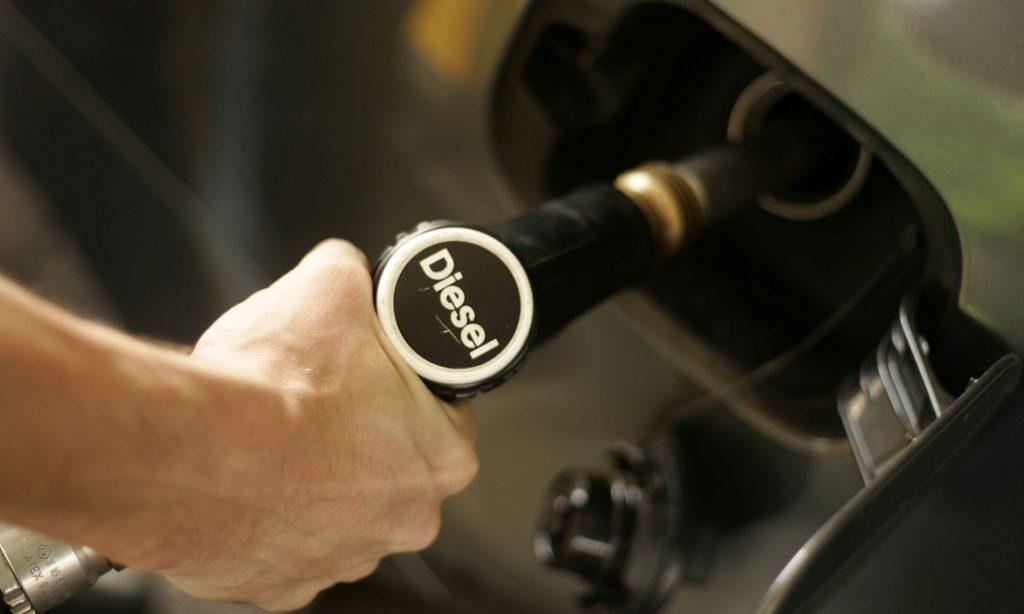5 Easy Ways to Identify between Petrol Cars and Diesel Cars
When you rent a car, you might not be told what kind of fuel it consumes. But, you have to get it right when filling the tank because putting petrol into a diesel car or vice versa can cause major engine damage. You surely don’t want that because it will cause you to pay a huge amount of compensation money since it is not covered by the rental agreement. Is there any easy way to identify between petrol cars and diesel cars? Yes! Actually, there are several ways to tell and some of them require just looking into the right places.
5 Ways to Identify Between Petrol Cars and Diesel Cars
In the UK alone, every three and a half minutes somebody does something deeply embarrassing, easily avoidable, and tricky to put right, putting petrol into diesel cars or vice versa. It’s called “misfuelling” and this issue can cause major damage to the engine and fuel system as well as being very expensive to fix. How to know what type of fuel your vehicle is using? Don’t worry! You can easily identify between petrol cars and diesel cars by following the methods mentioned below. Try at least a couple of them to be certain.
1. The unpleasant sound
Noting the sound of the engine is an effective way to help drivers distinguish between gasoline and diesel cars. The engine in diesel cars produces a distinct tractor-like sound compared to the smoother noise of their petrol alternatives. The sound appears like a rattling noise at idle that becomes raspier with driving. However, computerized diesel vehicles these days don’t make such noises. You can apply this technique to identify old cars.

2. Check the fuel cap label
The inside part of the fuel door is supposed to have a label reading ‘Diesel Fuel Only’, ‘Gasoline Only’, or something that indicates the type of fuel the car uses. If there is nothing, you can check the fuel filler neck, the car key, and the instrument bundle near the fuel gauge. If you haven’t got any of those, take a look at the back of the car. If you have a diesel model, you will tend to find that there’s a “D” in the full model name. Automakers tend to use names like TDI or HDI and so on. The renting company normally puts stickers on one or all of these places indicating the fuel type used in the vehicle.
3. Find the clue in the model name
It’s a very easy way to identify between petrol cars and diesel cars. The automobiles with a diesel engine are likely to have the letter ‘D’ in the model name. For example, BMW 745d or Lexus IS 220d. Here the ‘D’ indicates that these cars have a diesel engine.
The back of your vehicle is likely to have a badge with the model name on it. If it has the letter ‘D’, be sure that it is run by diesel.
Read more:
- What Is the Consequence of Filling Gas Engine with Diesel?
- Petrol vs Diesel – Which Wins the Efficiency Debate?
4. Look at the engine
The engine design also gives clues about the type of fuel the car uses. The diesel-powered engines don’t have spark plugs. Some older models don’t have the mass air flow sensors or the throttle body.
5. Fitting fuel pump

If looking around the car and into the engine does not give you any clue, the fuel pump could be your savior. Modern petrol cars have a narrow opening compared to the thicker, wider diameter of the diesel pump nozzles. Don’t fill the tank if you have to force the nozzle into the fuel neck.
However, it’s still easy to put petrol in a diesel car because the slim petrol pump nozzle will slide into the diesel car’s fuel filler neck. To avoid such accidents, you should be careful whether the nozzle fits nicely into the filler neck. Don’t fill up if the nozzle feels too tight or too loose.
In addition, you can identify the two engines by looking at the registry. Looking at the car documents you will know what type of fuel your car is using. We think that this is also a very simple and exact way to do it.
There’s another way you can also apply is by looking at the rev counter. Most petrol cars will have 8000 RPMs from 0 to 8. For diesel cars only 0 to 6 means 6000 RPMs, some diesel cars have 7000 revolutions.
Understanding more about the difference between petrol car and diesel cars in this video:














